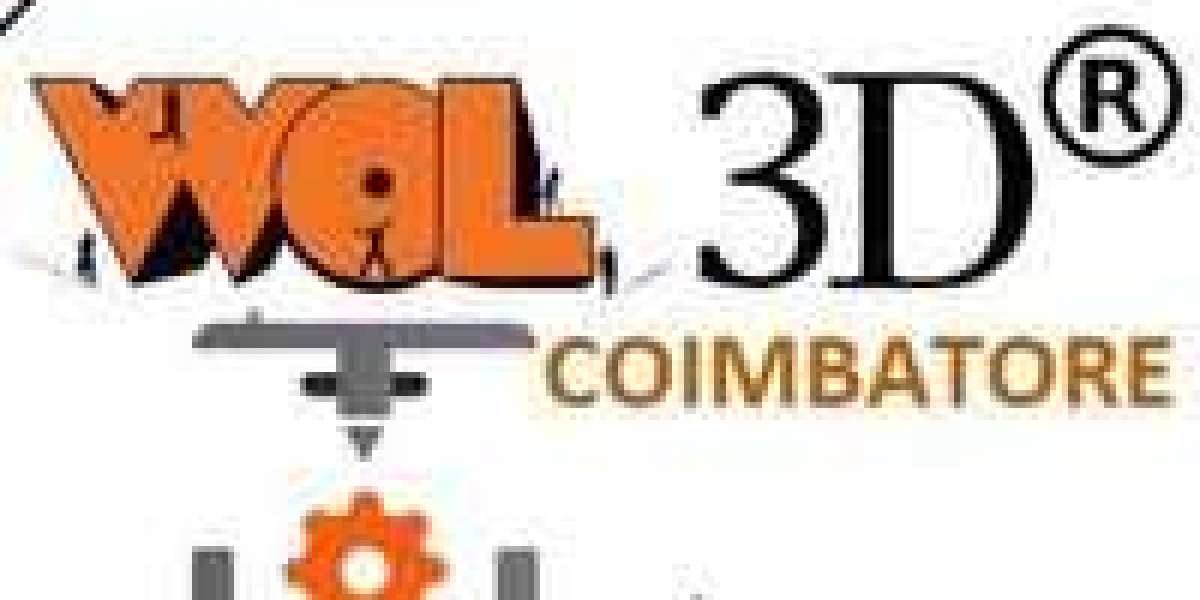In today's rapidly evolving industrial landscape, maintaining high standards of quality control is paramount. One of the most transformative technologies in this domain is Visual Inspection AI. This cutting-edge technology leverages artificial intelligence to automate and enhance the inspection process, ensuring that products meet stringent quality standards.

What is Visual Inspection AI?
Visual Inspection AI refers to the use of machine learning algorithms and computer vision to analyze images and videos for defects or anomalies. This technology can be integrated into various stages of the production process to identify issues that might be missed by human inspectors. But how does it work?
"Visual Inspection AI utilizes deep learning models to recognize patterns and detect deviations from the norm, making it an invaluable tool for quality assurance."
Benefits of Visual Inspection AI in Industry
The implementation of Visual Inspection AI offers numerous advantages:
- Increased Accuracy: AI systems can detect minute defects with a higher degree of precision compared to human inspectors.
- Consistency: Unlike humans, AI does not suffer from fatigue, ensuring consistent performance.
- Efficiency: Automated inspections can be conducted at a much faster rate, speeding up the production process.
- Cost Savings: By reducing the need for manual inspections, companies can save on labor costs and minimize waste.
Applications of Visual Inspection AI
Visual Inspection AI is versatile and can be applied across various industries. For instance, in the automotive sector, it can be used to inspect parts for defects, ensuring that only high-quality components are assembled into vehicles. Similarly, in the electronics industry, AI can identify faulty circuits or soldering issues, preventing defective products from reaching consumers.
Case Study: Implementing Visual Inspection AI
Consider the example of a manufacturing company that integrated Visual Inspection AI into its production line. By using advanced AI models, the company was able to reduce defect rates by 30%, significantly improving product quality and customer satisfaction.
Challenges and Future Prospects
While Visual Inspection AI offers numerous benefits, it is not without challenges. One of the primary concerns is the initial cost of implementation. However, the long-term savings and improvements in quality often justify the investment. Additionally, as AI technology continues to evolve, we can expect even more sophisticated and efficient inspection systems in the future.
For more information on how Visual Inspection AI can revolutionize your industry, check out this video that provides an in-depth look at the technology in action.
Conclusion
In conclusion, visual inspection ai is a game-changer for quality control in various industries. By leveraging the power of artificial intelligence, companies can achieve higher accuracy, consistency, and efficiency in their inspection processes. As technology continues to advance, the potential applications and benefits of Visual Inspection AI will only grow, making it an essential tool for any industry committed to maintaining high standards of quality.
For further reading, you may refer to the product details and explore how it can be tailored to your specific needs.
References









